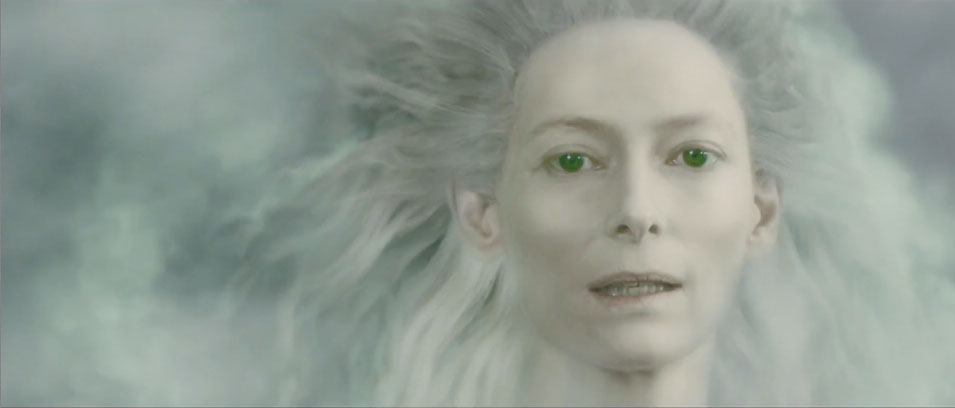Performativity: precisely a contestation of the excessive power granted
to language (how did language come to be more trustworthy than matter? Why are
language and culture granted their own agency and historicity while matter is
figured as passive and immutable?) to determine what is real. Performativity is also a contestation
of he unexamined habits of mind that grant language and other forms of
representation more power in determining our ontologies than they deserve.
>>> To question the correspondence between descriptions and
reality (eg: do they mirror nature or culture?) Does language accurately
represent its referent?
(Representationalism has received challenge from feminists,
poststructuralists, postcolonial critics, and queer theorists.)
Joseph
Rouse : a representationalist understanding of knowledge gets in the way of
understanding the nature of the relationship between power and knowledge.
Scientific knowledge in its multi representational form mediates our access to
the material world; where the referent is questionable whether scientific
knowledge represents things in the world as they really are (Nature) or
“objects” that are the product of social activities (culture)
He
questioned Cartesian on the presumption that we can know what we mean is
actually a contingent fact of history and not a logical necessity.
Looking
for an alternative way – shift to performativity.
Performativity-
shifts the focus from linguistic representations to discursive practices.
Posthumanist
notion of performativity – one that incorporates important material and
discursive, social and scientific, human and nonhuman and natural and cultural
factors.
---Performativity
is linked not only to the formation of the subject but also to the production
of the matter of bodies. Thus the materialization become more important that we
understand the nature of this production.
With posthumanist materialist as
an account of performativity, which challenges the positiong of materiality as
either a given or a mere effect of human agency. (Agential realist
account)Materiality is an active factor in processes of materialization. Nature
isn’t a passive surface being marked by culture nor the outcome of cultural
performances (mute and immutable)
Rethinking the notions of
discursive practices and material pheomena and the relationship between them.
Discursive practive: not
human-based activites but rather specific material (re)configurings of the
world through which local determinations of boundaries, proerties and meanings
are differentially enacted.
Matter is not a fixed essence,
rather a substance in its intra-active becoming- not a thing but a doing, a
congealing of agency.
We are not outside observers of
the world. Nor are we simply located at particular places “in” the world;
rather, we are part of the world in its ongoing intra-activity.(Nirls Bohr – we
are a part of that nature we seek to understand) <<< Vicki Kirby: I
don’t want the human to be in Nature, as if nature is a container.
Human are specific local parts
of the world’s ongoing reconfiguring.
Why practices of knowing cannot
be fully claimed as human practices
Reason:1 we use nonhuman
elements in our practices
2 knowing is a matter of part of the world making itself
intelligible to another part.
Practices of knowing and being
are not isolatable, but rather they are mutually implicated.
According to the notion that “we
do not obtain knowledge by standing outside of the world; we know because we
are OF the world.” Since “knowing
and being are not isolatable, but rather mutually implicated the author propose
that Onto-epistem-olog combine the practices of knowing in being.
John Cage: Experimental Music, he described
music as "a purposeless play" which is "an affirmation of life –
not an attempt to bring order out of chaos nor to suggest improvements in
creation, but simply a way of waking up to the very life we're living"
4’33









